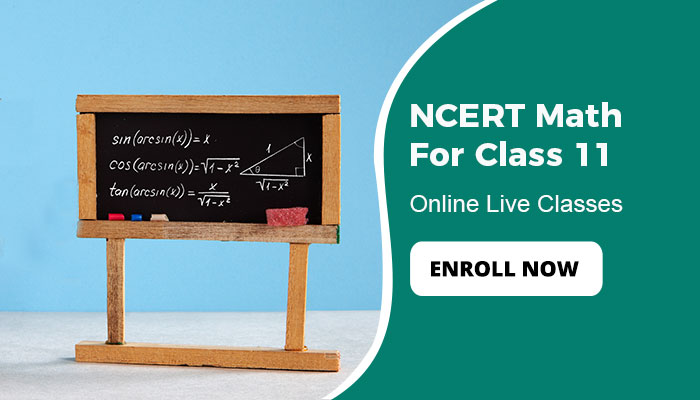SYLLABUS
1. Set
1.1 Introduction
1.2 Sets and their Representation
1.3 The Empty Se
1.4 Finite and Infinite Set
1.5 Equal Set
1.6 Subset
1.7 Power Set
1.8 Universal Set
1.9 Venn Diagrams
1.10 Operations on Sets
1.11 Complement of a Set
1.12 Practical Problems on Union and Intersection of Two Sets
2. Relations and Functions
2.1 Introduction
2.2 Cartesian Product of Sets
2.3 Relations
2.4 Functions
3. Trigonometric Functions
3.1 Introduction
3.2 Angles
3.3 Trigonometric Functions
3.4 Trigonometric Functions of Sum and Difference of Two Angles
3.5 Trigonometric Equations
4. Principle of Mathematical Induction
4.1 Introduction
4.2 Motivation
4.3 The Principle of Mathematical Induction
5. Complex Numbers and Quadratic Equations
5.1 Introduction
5.2 Complex Numbers
5.3 Algebra of Complex Numbers
5.4 The Modulus and the Conjugate of a Complex Number
5.5 Argand Plane and Polar Representation
5.6 Quadratic Equations
6. Linear Inequalities
6.1 Introduction
6.2 Inequalities
6.3 Algebraic Solutions of Linear Inequalities in One Variable and their Graphical Representation
6.4 Graphical Solution of Linear Inequalities in Two Variables
6.5 Solution of System of Linear Inequalities in Two Variables
7. Permutations and Combinations
7.1 Introduction
7.2 Fundamental Principle of Counting
7.3 Permutations
7.4 Combinations
8. Binomial Theorem
8.1 Introduction
8.2 Binomial Theorem for Positive Integral Indices
8.3 General and Middle Terms
9. Sequences and Series
9.1 Introduction
9.2 Sequences
9.3 Series
9.4 Arithmetic Progression (A.P.)
9.5 Geometric Progression (G.P.)
9.6 Relationship Between A.M. and G.M.
9.7 Sum to n terms of Special Series
10. Straight Lines
10.1 Introduction
10.2 Slope of a Line
10.3 Various Forms of the Equation of a Line
10.4 General Equation of a Line
10.5 Distance of a Point From a Line
11. Conic Sections
11.1 Introduction
11.2 Sections of a Cone
11.3 Circle
11.4 Parabola
11.5 Ellipse
11.6 Hyperbola
12. Introduction to Three Dimensional Geometry
12.1 Introduction
12.2 Coordinate Axes and Coordinate Planes in Three Dimensional Space
12.3 Coordinates of a Point in Space
12.4 Distance between Two Points
12.5 Section Formula
13. Limits and Derivatives
13.1 Introduction
13.2 Intuitive Idea of Derivatives
13.3 Limits
13.4 Limits of Trigonometric Functions
13.5 Derivatives
14. Mathematical Reasoning
14.1 Introduction
14.2 Statements
14.3 New Statements from Old
14.4 Special Words/Phrases
14.5 Implications
14.6 Validating Statements
15. Statistics
15.1 Introduction
15.2 Measures of Dispersion
15.3 Range
15.4 Mean Deviation
15.5 Variance and Standard Deviation
15.6 Analysis of Frequency Distributions
16. Probability
16.1 Introduction
16.2 Random Experiments
16.3 Event
16.4 Axiomatic Approach to Probability
Appendix 1: Infinite Series
A.1.1 Introduction
A.1.2 Binomial Theorem for any Index
A.1.3 Infinite Geometric Series
A.1.4 Exponential Series
A.1.5 Logarithmic Series
Appendix 2: Mathematical Modelling
A.2.1 Introduction
A.2.2 Preliminaries
A.2.3 What is Mathematical Modelling



